Introduction to Yucca plant
Yucca plants are a splendid preference for gardeners looking for drought-tolerant and visually placing plants. These evergreen perennials feature rosettes of sword-like leaves and tall spikes of bell-fashioned vegetation.
Native to warm, dry regions of North and Central America, they have adapted to quite a few climates and situations, making them perfect for wilderness landscapes, rocky soils, and even coastal gardens. Here, we find 15 forms of yucca plant life, discussing their specific characteristics, flower shades, sizes, blooming intervals, and perfect growing environments.
The Unique Characteristics of yucca plant
Yucca plants have numerous patterns and sizes, however all of them percentage commonplace trends that cause them to grow. With their spiky leaves, thick trunks, and beautiful flora, they add a powerful, uncommon detail to any garden or domestic.
Yucca plants are local to arid areas including deserts, plains, and coastal areas. Their specific form allows them to preserve water, making them exceptional for dry climates.Some types produce tall flowering stalks, decorated with clusters of bell-original vegetation which might be commonly white or creamy in color. These plants regularly bloom in the summer season and appeal to pollinators like bees, moths, and hummingbirds.
In addition to their visible enchantment, a few species of yucca plant, collectively with Baccata, produce ceaseless results that have been used for hundreds of years as meals delivered via indigenous peoples.
Major Types of yucca plant
1. Hesperoyucca Whipplei (Chaparral Yucca)

The Chaparral Yucca, additionally known as Our Lord’s Candle, is a monocarpic species local to California and Baja California. The plant’s maximum awesome characteristic is its flowering sample. Unlike many perennials, this yucca plant lives clearly as soon as in its lifetime in advance rather than dying, a technique referred to as monocarpic conduct. After blooming, the plant units seeds, ensuring new increase thru the offsets or domestic dogs that form at its base.
The Chaparral Yucca plant grows in dry, rocky soils, regularly seen in open regions of chaparral and coastal sage scrub ecosystems. Its sword-long-established, sharp leaves form a dense rosette close to the floor that could unfold up to three feet.
Once the plant is ready to bloom, it sends up a large flower stalk that can attain up to 15 toes in height. The plant life is bell-shaped and typically white or cream, growing a striking seen assessment towards the arid panorama.
- Flower Color: White, Cream
- Plant Size: 2-three feet (earlier than bloom), 10-15 feet (flower spike)
- Blooming Period: Spring to early summer time
- Best Growing Regions: California, Baja California, Rocky soils
The Chaparral Yucca plant is fairly adapted to its harsh surroundings. It has an intensive root device that permits it to get proper entry to deep water reserves in arid regions. This plant is likewise hearth-adapted, meaning it is able to regenerate after wildfires, a common occurrence in its local habitat.
The plant’s sharp leaves deter grazing animals, at the same time because the huge flower stalk draws pollinators like yucca moths, which have a symbiotic relationship with the plant. These moths lay their eggs inside the vegetation, ensuring pollination as they accumulate nectar. After flowering, the plant dies, however no longer earlier than generating seeds and offspring.
2. Yucca Rostrata (Beaked Yucca Tree)
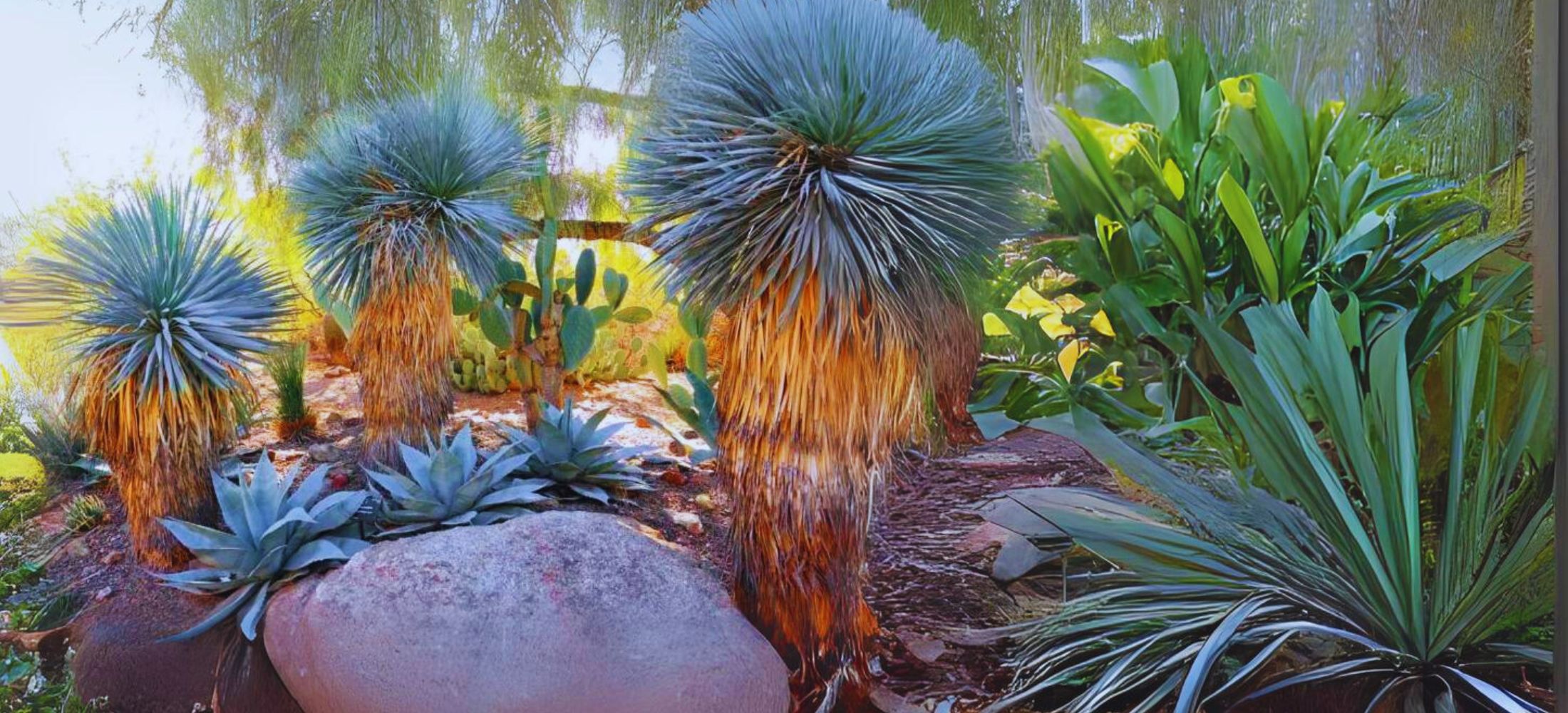
The Yucca Rostrata, or Beaked Yucca tree, is a stunning species local to West Texas and Northern Mexico. It is well-known for its tall, slim trunk and round crown of stiff, sword-like blue-green leaves. Unlike one-of-a-kind yuccas, that could appear pretty inflexible, this plant’s leaf structure creates an stylish, sleek appearance, mainly because it matures.
Yucca Rostrata can acquire heights of 10-15 toes, and in its local desert habitat, it prospers in sandy or rocky soils that drain well. In the late spring, it sends up a tall flower spike decorated with creamy white plant life. The plant’s blooms are a dramatic sight, especially when contrasted in opposition to its signature blue-green foliage.
- Flower Color: White
- Plant Size: 10-15 ft
- Blooming Period: Late Spring
- Best Growing Regions: West Texas, Northern Mexico, Desert
The Beaked Yucca plant is prized no longer excellent for its putting appearance however additionally for its hardiness. It is pretty tolerant of drought situations, making it an excellent preference for xeriscaping or low-water gardens.
The plant’s inflexible leaves make it plenty less liable to harm from wind and weather, permitting it to thrive in harsh environments. Its tall stature and specific form provide it an architectural presence in landscapes, and through the years, it is able to shape a couple of heads, improving its sculptural appearance.
The Beaked Yucca is a slow grower but lengthy-lived, often taking years to obtain its full peak, making it an everlasting characteristic in masses of desert and arid gardens.
3. Yucca Filamentosa (Adam’s Needle)
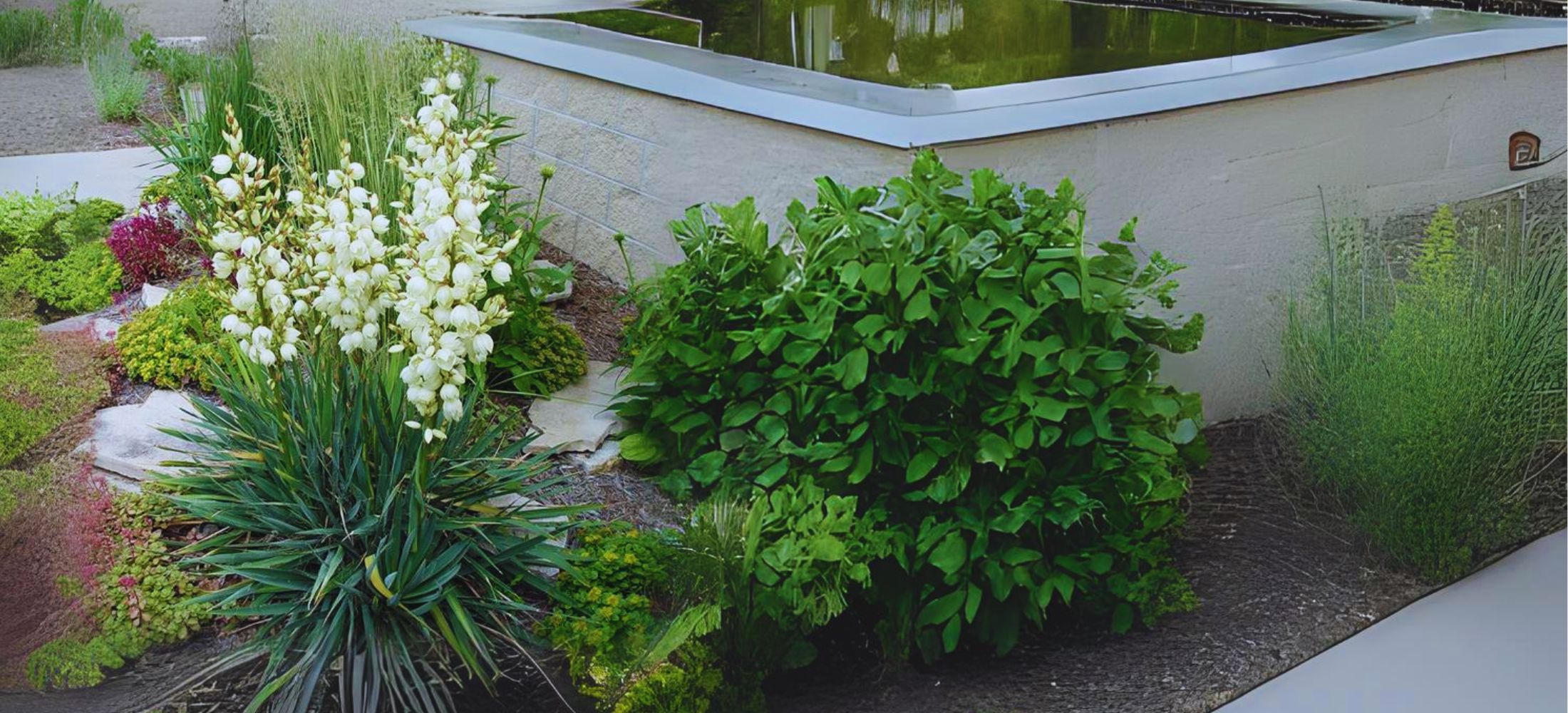
Yucca Filamentosa, typically called Adam’s Needle, is one of the most extensively cultivated species of yucca, recounted for its hardiness and flexibility. Unlike exceptional yuccas which may be entirely located in desolate tract regions, Adam’s Needle can thrive in a substantial variety of climates, collectively with areas with cold winters.
This yucca is without troubles identifiable via the usage of the long, sword-like leaves decorated with white, thread-like filaments, which offer the plant a unique, wispy appearance.
In mid-summer season, Adam’s Needle produces a tall flower spike which could attain up to 6 toes in peak, with clusters of creamy white, bell-shaped plants. This plant is particularly hardy, withstanding temperatures as low as -10°F, making it a top notch desire for less warm areas.
- Flower Color: Creamy White
- Plant Size: 3-4 feet tall
- Blooming Period: Mid to past due summer time
- Best Growing Regions: Eastern U.S., Coastal regions
Adam’s Needle is a versatile, difficult plant that could tolerate bad soil conditions, in conjunction with sandy or rocky soils, as well as excessive warmness and drought. It is frequently applied in residential and enterprise landscapes, wherein its striking, low-protection foliage presents a visible hobby.
The plant’s slender, sharp leaves form a dense rosette, making it an effective ground cowl that also permits deter foot visitors. While Adam’s Needle is usually grown as an ornamental plant, its roots had been used traditionally by indigenous peoples for his or her saponin content material, which makes a herbal soap.
4. Yucca Linearifolia (Linear Leaf Yucca)
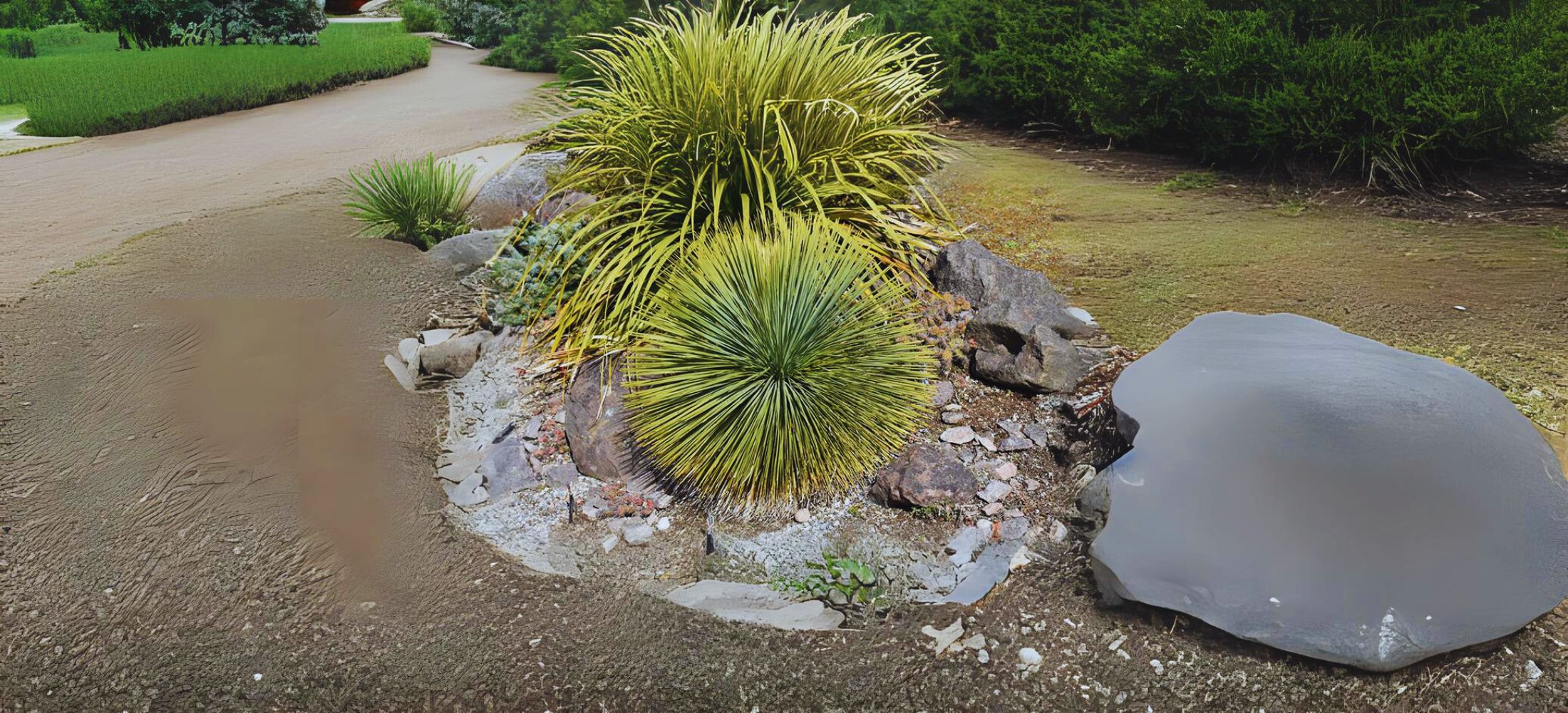
Yucca Linearifolia is a completely unique species that stands out from other yuccas because of its slender, linear leaves that form a dense, spherical rosette. Unlike the stiff, spiky leaves of different yucca species, Linearifolia has mild, bendy leaves that create a greater graceful, ethereal appearance. The leaves are bluish-green and may attain lengths of up to three feet, giving the plant a pleasant-textured, decorative look.
This yucca is properly-suitable to heat, dry climates, making it perfect for arid gardens and xeriscaping. It produces tall spikes of creamy white plant life in overdue spring, which aren’t most effective, however additionally appeal to pollinators like bees and hummingbirds.
- Flower Color: Creamy White
- Plant Size: five-7 ft tall
- Blooming Period: Late Spring
- Best Growing Regions: Northern Mexico, Dry areas
Yucca Linearifolia is an appreciably slow-developing plant however significantly valued for its decorative attraction. Its gentle, linear leaves offer an assessment to the more rigid foliage widespread of yuccas, making it an terrific choice for those looking for a softer, extra flowing appearance of their garden.
This species is drought-tolerant and calls for little safety once installed, thriving in sandy, well-worn-out soils. In addition to its beauty, Linearifolia is likewise extensively evidence against pests and illnesses, making it a worry-unfastened addition to any landscape.
5. Yucca Gloriosa (Spanish Dagger Tree)
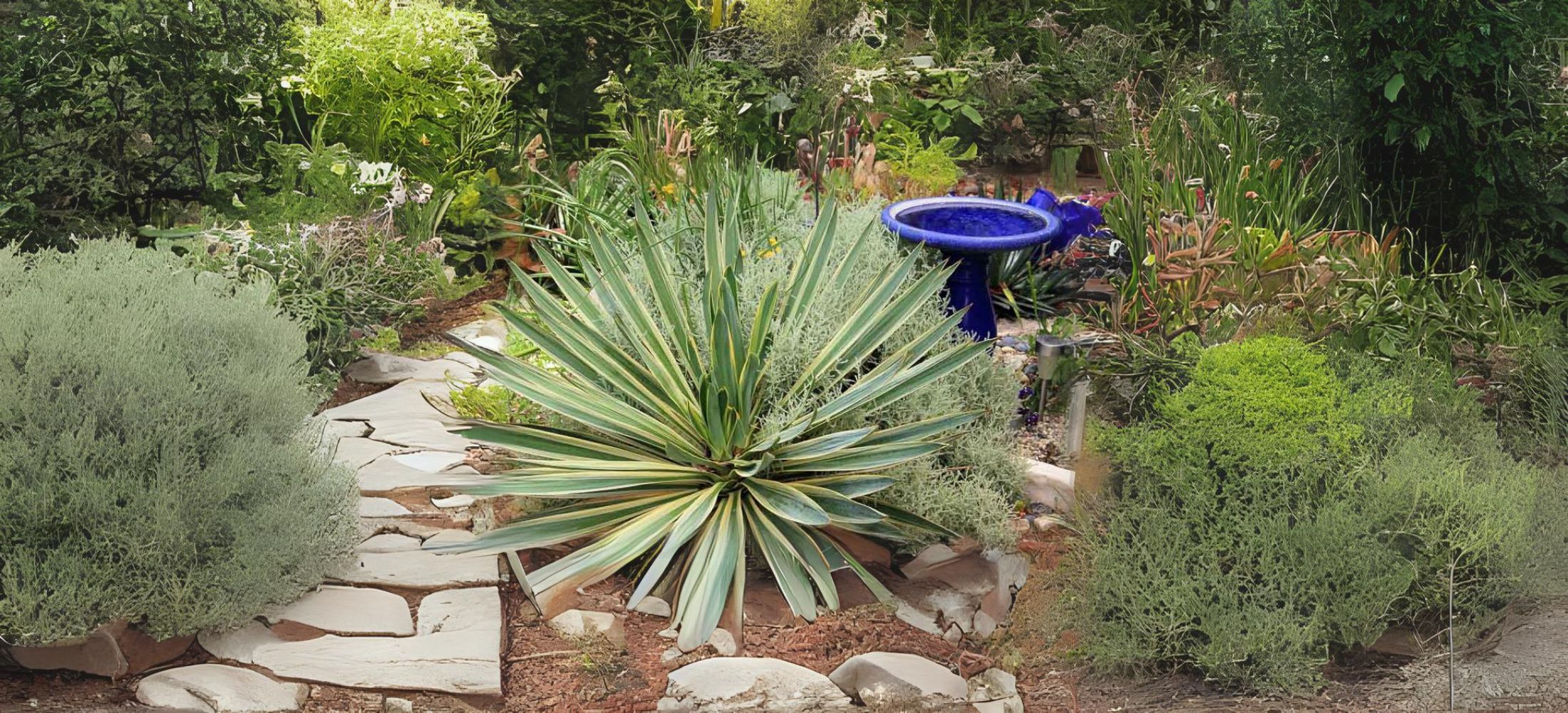
The Spanish Dagger, or Gloriosa, is a strong yucca species that adds drama and texture to any panorama. It is generally discovered along the southeastern U.S. Coast and is well-adapted to sandy soils and salt spray, making it a remarkable preference for seashore gardens.
The plant’s lengthy, sharp leaves are a colorful inexperienced, and its flower spikes, which appear in overdue summer time, are embellished with clusters of creamy white flora.
This species can develop up to 10 ft tall, making it one among the larger yuccas. It prospers in complete sun and properly-drained soil, requiring little or no water once set up.
- Flower Color: Creamy White
- Plant Size: 6-10 ft tall
- Blooming Period: Summer
- Best Growing Regions: Southeastern U.S., Coastal regions
The Spanish Dagger gets its name from the pointy, sword-like leaves that can grow up to two toes. These leaves form a dense rosette around the base of the plant, giving it a spiky, architectural look. Despite its alternatively intimidating appearance, Gloriosa is an exceedingly low-upkeep plant which could thrive in poor soil conditions.
Its potential to tolerate salt spray makes it specially treasured in coastal areas. The plant’s tall flower spikes are a lovely sight within the summertime, attracting pollinators like bees and butterflies. With its bold form and putting vegetation, Spanish Dagger is a face in Mediterranean and desert-style gardens.
6. Yucca Baileyi (Datil Yucca)
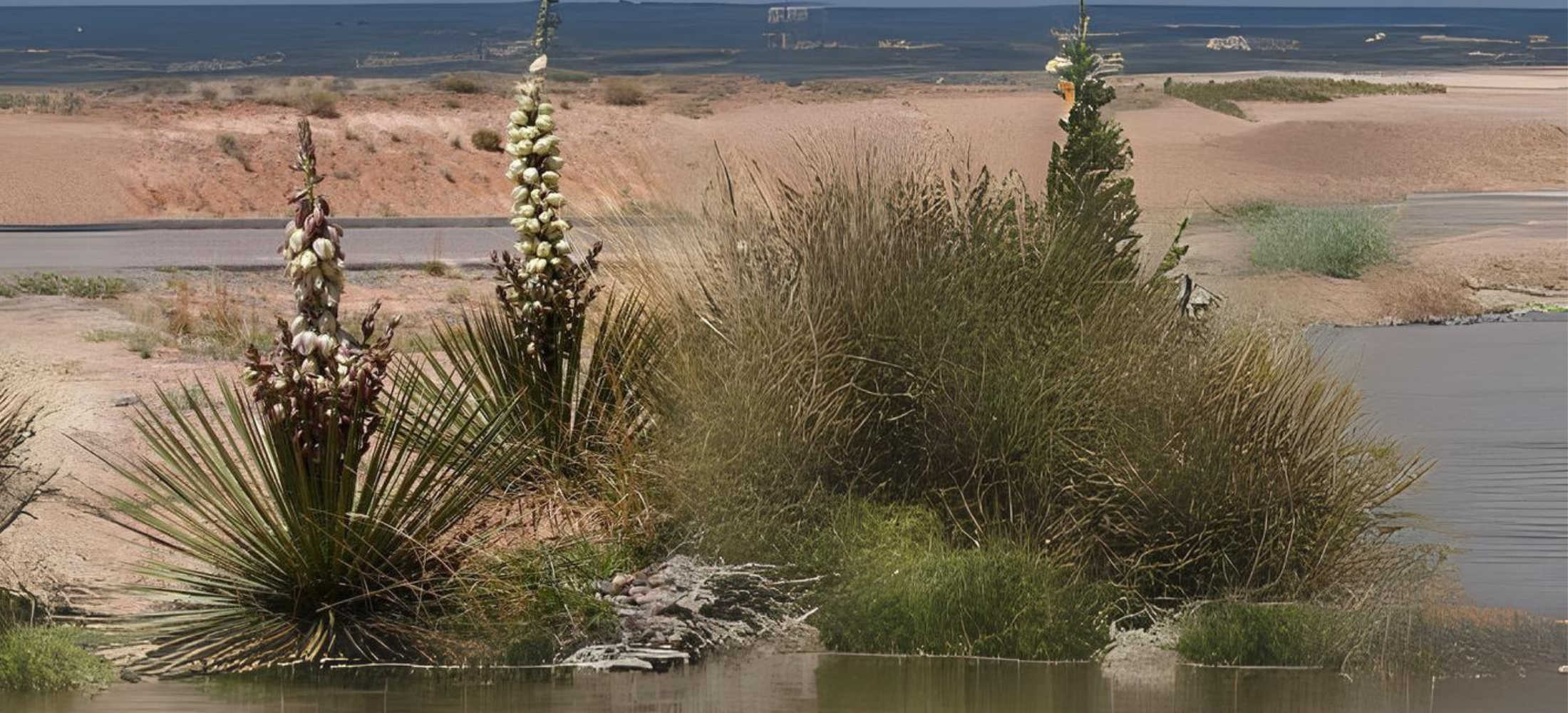
Yucca Baileyi, additionally called the Datil Yucca, is a smaller yucca species that thrives in arid, rocky environments. This species is commonly observed inside the southwestern United States, in which it grows in desert regions and foothills.
Unlike large yuccas, Baileyi remains exceedingly compact, conducting most effectively approximately 3-4 ft in top. However, it nevertheless produces a tall flower spike that can achieve up to six feet, embellished with clusters of white to pinkish plant life.
- Flower Color: White, Pinkish
- Plant Size: three-four toes tall
- Blooming Period: Early summer time
- Best Growing Regions: Southwestern U.S., Rocky areas
The Datil Yucca is exceedingly drought-tolerant and may live to tell the tale in some of the most harsh environments, which include dry, rocky soils and whole sun publicity. Its short, compact duration makes it a remarkable choice for smaller gardens or as a floor cover in xeriscape designs.
In the early summer season, the plant sends up a tall flower spike that draws pollinators which consist of yucca moths and bees. The Yucca Baileyi is regularly utilized in erosion manipulation because of its notable root machine, which helps stabilize soils in arid regions. Additionally, its fibrous leaves were traditionally utilized by Native American tribes to make cordage and textiles.
7. Yucca Elephantipes (Spineless Yucca Tree)
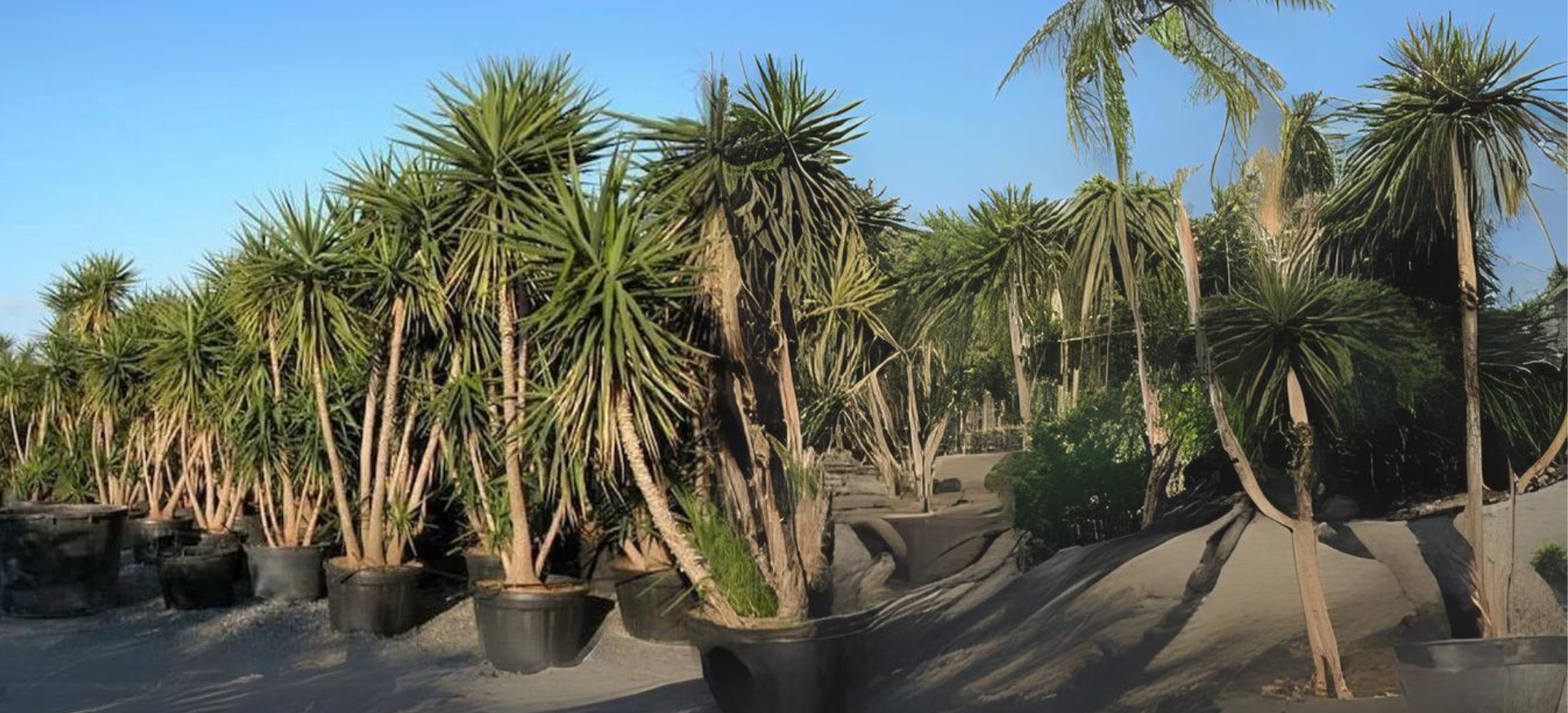
The Spineless Yucca Tree, additionally called Elephantipes, is a popular decorative plant frequently grown both interior and outdoor. As the decision shows, this species lacks the pointy, rigid leaves characteristic of many other yuccas, making it a more secure preference for homes and gardens. The Spineless can grow as much as 30 toes tall in its natural habitat, but even as grown indoors as a houseplant, it commonly reaches heights of 4-eight feet.
This yucca produces clusters of white flowers on tall spikes within the summer, even though it’s some distance less possible to bloom while grown indoors. It is extraordinarily adaptable, thriving in pretty various conditions, from complete solar to partial color.
- Flower Color: White
- Plant Size: four-30 toes tall
- Blooming Period: Summer
- Best Growing Regions: Central America, Indoor environments
The Spineless Yucca is particularly favored for its versatility and ease of care. It may be grown indoors as a houseplant or exterior in warmer climates. When grown indoors, it is regularly located in bright, indirect mild and calls for minimal watering, making it a great choice for novices.
Yucca Elephantipes is likewise recognized for its capability to decorate indoor air high-quality with the useful resource of filtering toxins, making it a famous choice for home and office environments. Outdoors, the Spineless Yucca prospers in nicely-worn-out soil and may tolerate drought situations, even though it receives blessings from occasional watering all through dry spells.
8. Yucca Brevifolia (Joshua Tree)
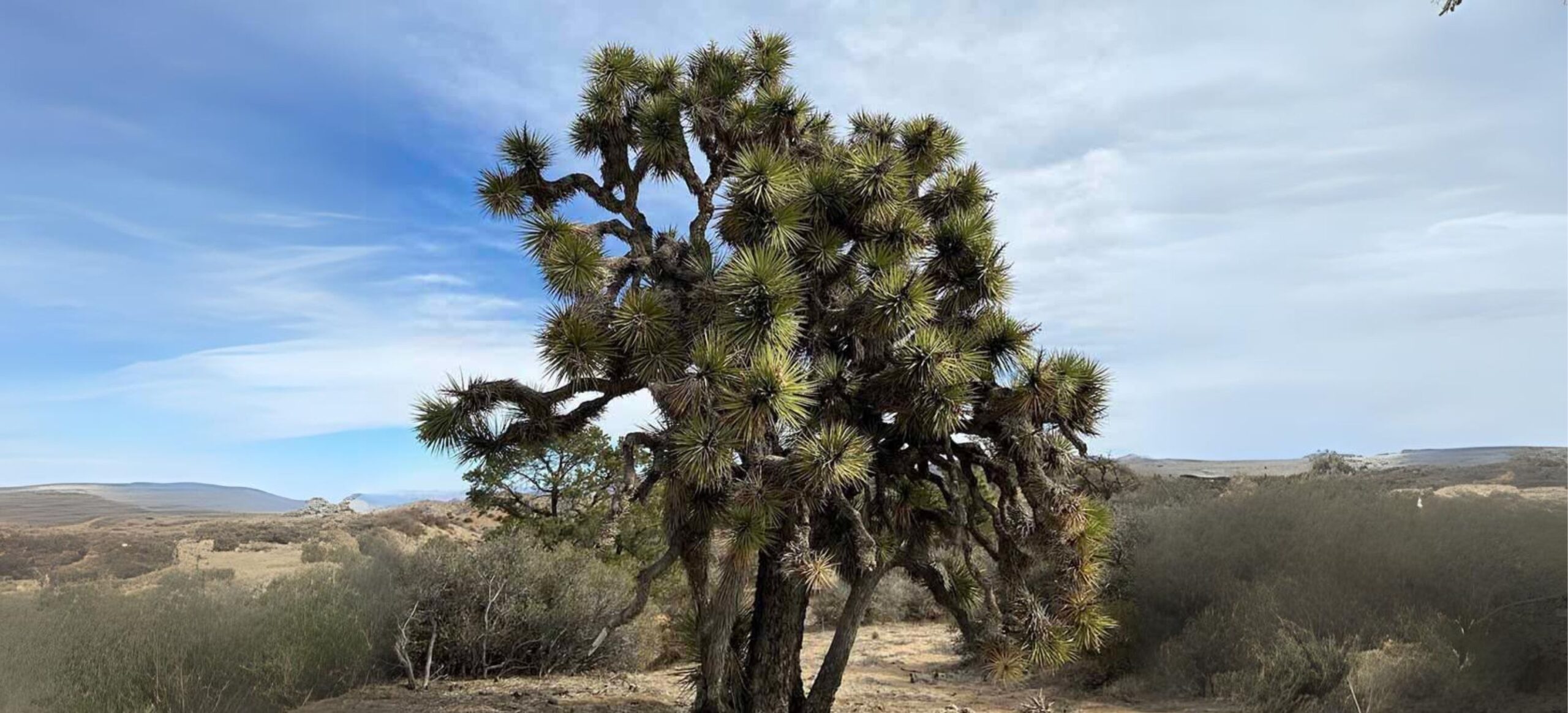
The Joshua Tree, or Brevifolia, is possibly the most iconic yucca species, recognized for its towering top and unusual, twisted branches. This species is nearby to the Mojave Desert, in which it serves as a picture of resilience in the face of harsh desert situations.
Joshua Trees can stay for masses of years, with some specimens accomplishing heights of forty feet or more. They produce clusters of white, bell-fashioned vegetation within the spring, despite the fact that flowering is more sporadic in comparison to wonderful yucca species.
- Flower Color: White
- Plant Size: 20-forty feet tall
- Blooming Period: Spring
- Best Growing Regions: Mojave Desert, Southwestern U.S.
The Joshua Tree is not terrific an ecological keystone species however moreover a cultural image of the American Southwest. Its particular, spiky shape and gnarled branches make it a favorite among photographers and artists.
Joshua Trees are well-tailor-made to desert environments, with deep roots that allow them to get right or get right of entry to water in arid soils. The plant’s leaves are sharp and stiff, offering safety towards herbivores. While gradual-growing, Joshua Trees can stay for masses of years, forming significant groves that provide habitat for a whole lot of barren region flora and fauna.
Brevifolia performs an important role within the environment, serving as a meals supply for animals which includes the yucca moth, which pollinates the plant in exchange for laying its eggs within the flora.
9. Hesperaloe Parviflora (Red Yucca Plant)
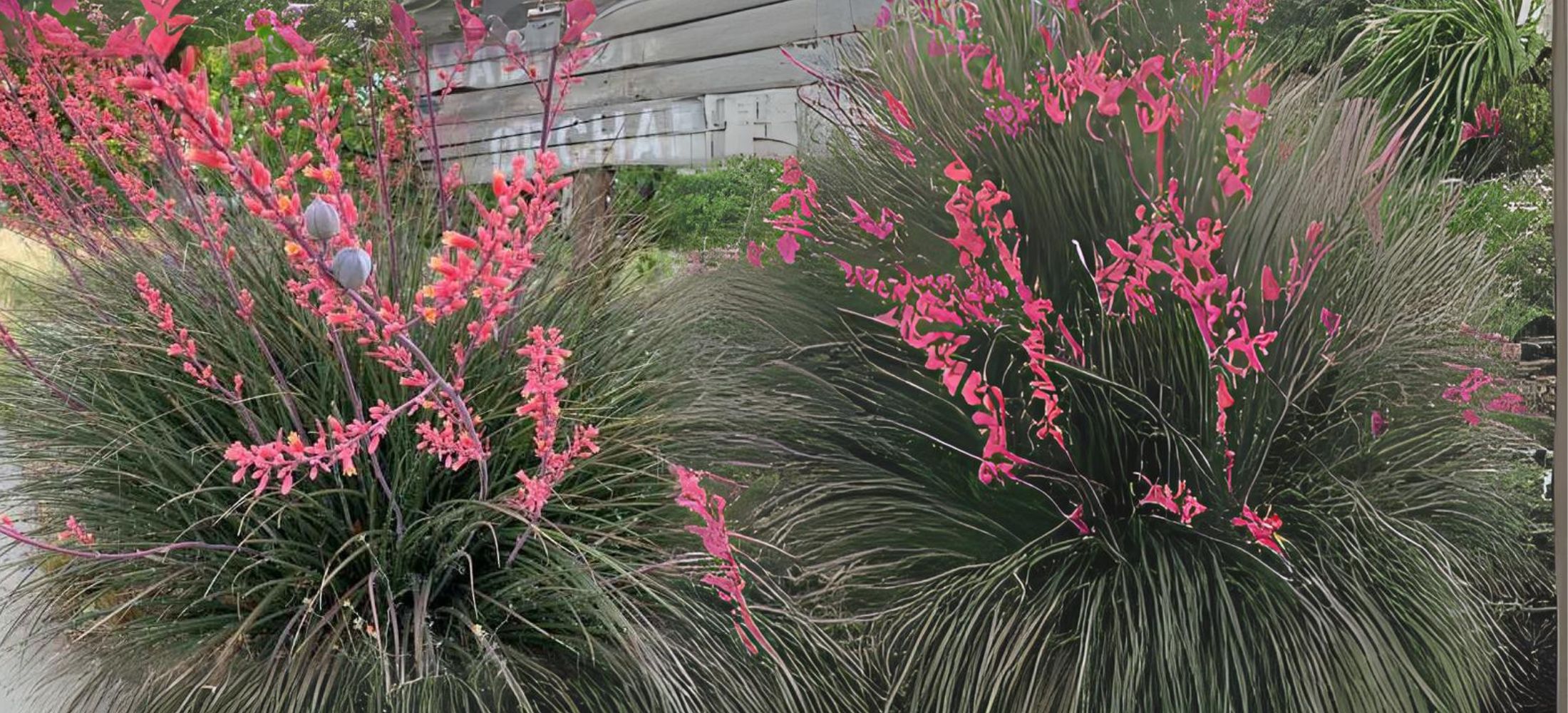
Though no longer an actual yucca, Hesperaloe Parviflora, generally known as the Red Yucca plant, is closely associated and frequently grouped with yucca plants because of its similar look and drought tolerance. It produces lengthy, arching spikes of tubular pink or coral-colored plants that bloom inside the path of the summer time. The plant is community to Texas and northern Mexico, wherein it thrives in dry, rocky soils and full sun.
- Flower Color: Red, Coral
- Plant Size: 3-four toes tall
- Blooming Period: Summer
- Best Growing Regions: Southwestern U.S., Dry climates
The Red Yucca plant is a cute addition to any xeriscape lawn, way to its lengthy-lasting, colorful blooms. Its tubular vegetation is mainly appealing to hummingbirds, making it a favorite for natural global-friendly gardens.
Despite its commonplace name, this plant is not a real yucca however shares most of the equal characteristics, inclusive of drought tolerance and simplicity of care. Hesperaloe Parviflora flourishes in properly-worn-out soils and requires minimal water, making it a sincerely quality preference for low-safety landscapes. The plant’s arching, grass-like leaves offer year-round interest, although now not in bloom.
10. Yucca Elata (Soaptree Yucca)
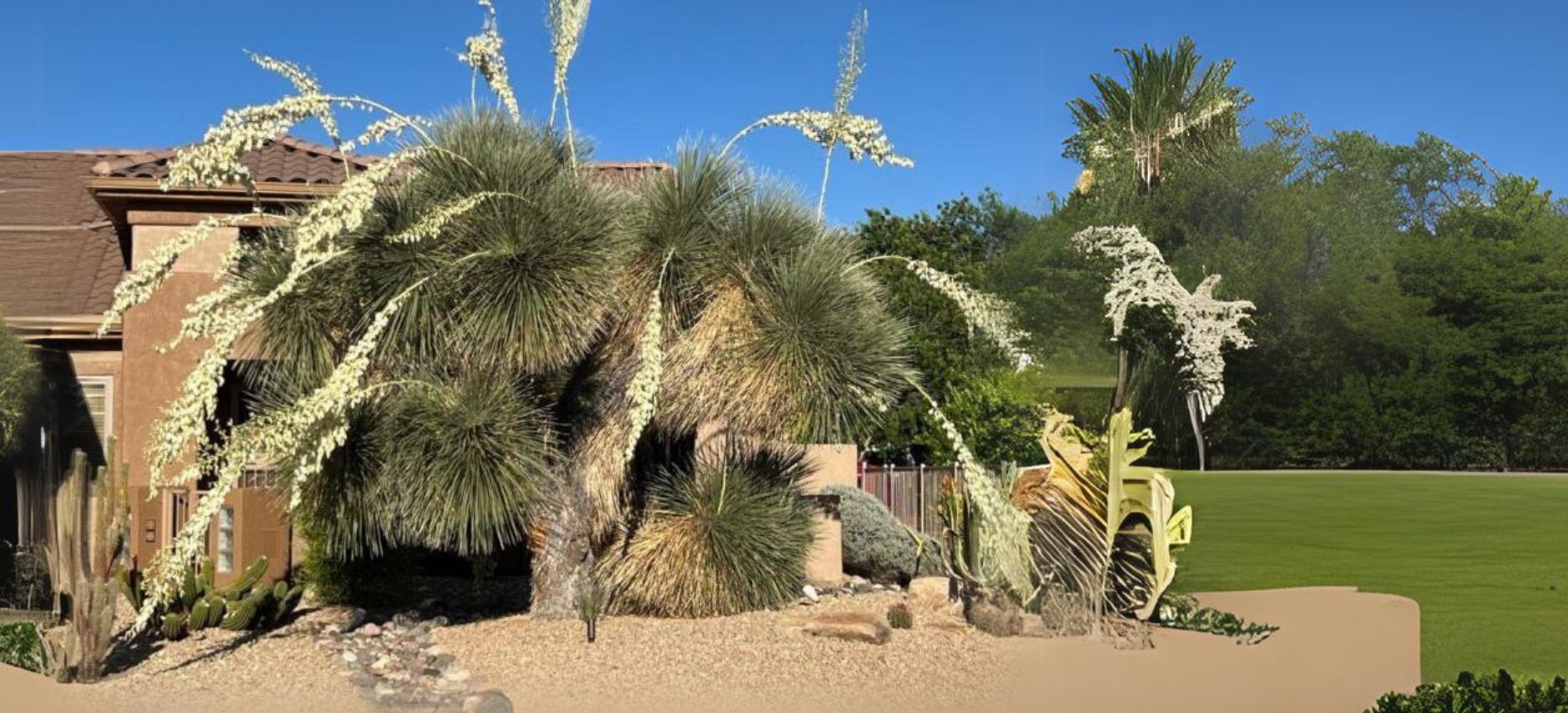
The Soaptree Yucca plant, or Elata, is a tall, tree-like species recognized for its fibrous leaves that have been historically utilized by Native Americans to make cleaning soap. This species is neighboring to the Southwestern United States, wherein it grows in barren regions and alongside arroyos. Elata can gain heights of 10-20 ft, and it produces tall flower spikes embellished with white flowers in late spring and early summer time.
- Flower Color: White
- Plant Size: 10-20 feet tall
- Blooming Period: Late Spring to Early Summer
- Best Growing Regions: Southwestern U.S., Desert regions
The Soaptree Yucca is referred to as the cleaning soap-like substance placed in its roots and leaves, which had been traditionally used for cleansing. This tall, putting yucca plant is typically determined in desert areas, in which it serves as an important problem of the environment.
Elata is an alternative drought-tolerant, thriving in nicely-worn-out, sandy soils with minimal water. Its prolonged, fibrous leaves make it properly-tailor-made to stay on in arid environments, in which it often office work massive colonies.
The plant’s tall flower spikes are a favorite amongst pollinators, attracting bees, moths, and birds. Once installed, the Soaptree Yucca requires very little protection, making it an high-quality desire for barren place gardens and low-water landscapes.
11. Palma China (Yucca Filifera)
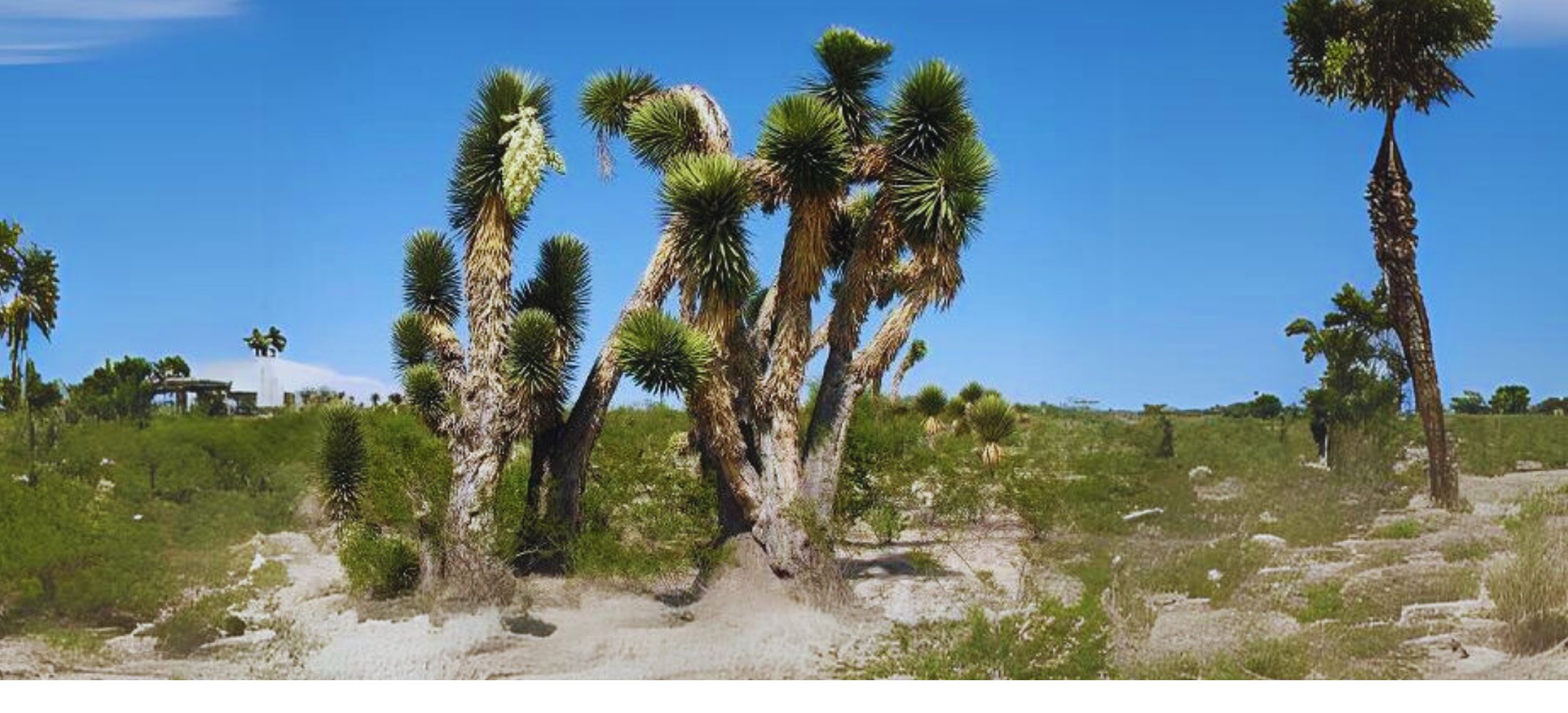
The Palma China, or Yucca Filifera, is a tree-like yucca community in northern Mexico. It is one of the tallest yucca plants, able to develop an awful lot as 30 feet tall. Its leaves are prolonged and slim, with white filaments, and it produces big clusters of creamy white flowers inside the spring.
- Flower Color: Creamy White
- Plant Size: 20-30 ft tall
- Blooming Period: Spring
- Best Growing Regions: Northern Mexico, Dry climates
The Palma China is an extraordinary yucca plant species, extraordinary for its towering top and good sized, fibrous leaves. It is drought-tolerant and prefers properly-tired soils, making it great for dry, desert-like conditions.
Its massive flower clusters bloom in the spring, growing a dramatic display inside the landscape. The Palma China has an intensive root device that permits it to get right of entry to deep water reserves, making it well-first-class for arid areas. The plant’s leaves are also applied in conventional crafts, such as weaving baskets and mats, because of their robust, fibrous nature.
12. Yucca Blue Sentry
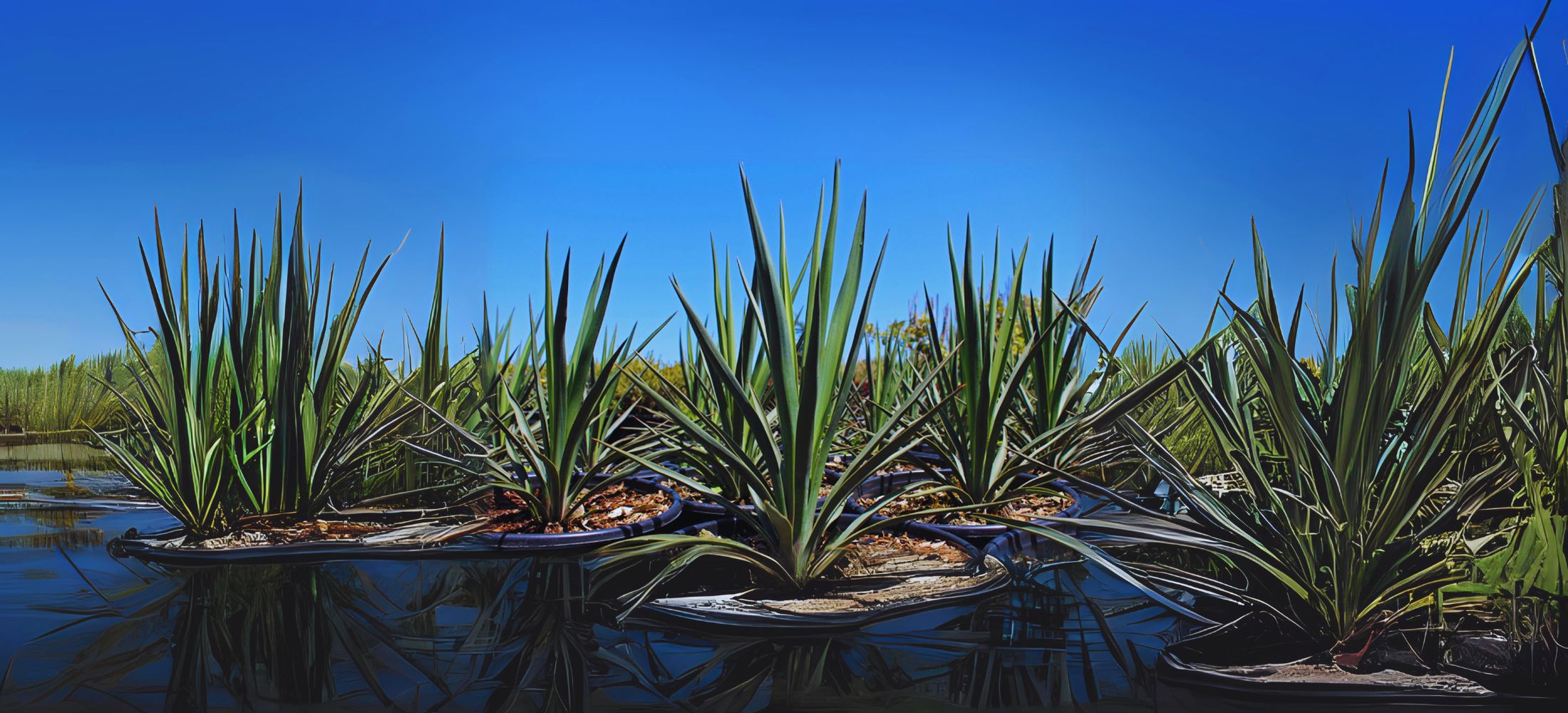
The Blue Sentry Yucca is a putting range identified for its sharp, blue-green leaves that create a powerful contrast in the lawn. It is a drought-tolerant plant that prospers in properly-worn-out soils and calls for little or no water once hooked up.
- Flower Color: Creamy White
- Plant Size: 4-6 feet tall
- Blooming Period: Late Spring
- Best Growing Regions: Southwestern U.S., Dry areas
The Blue Sentry is a stunning yucca plant with a totally particular blue tint to its leaves, which gives a fab, modern-day revel into landscapes. It is properly-perfect for first rate, arid environments and may thrive with minimal care.
In overdue spring, it produces a tall flower spike included in clusters of creamy white vegetation. Yucca Blue Sentry is regularly applied in rock gardens and xeriscapes, wherein its putting blue-inexperienced foliage contrasts with more conventional green flora. Its sharp leaves make it an effective deterrent for foot website visitors, and its drought tolerance method calls for little or no preservation.
13. Blue Yucca (Yucca Rigida)
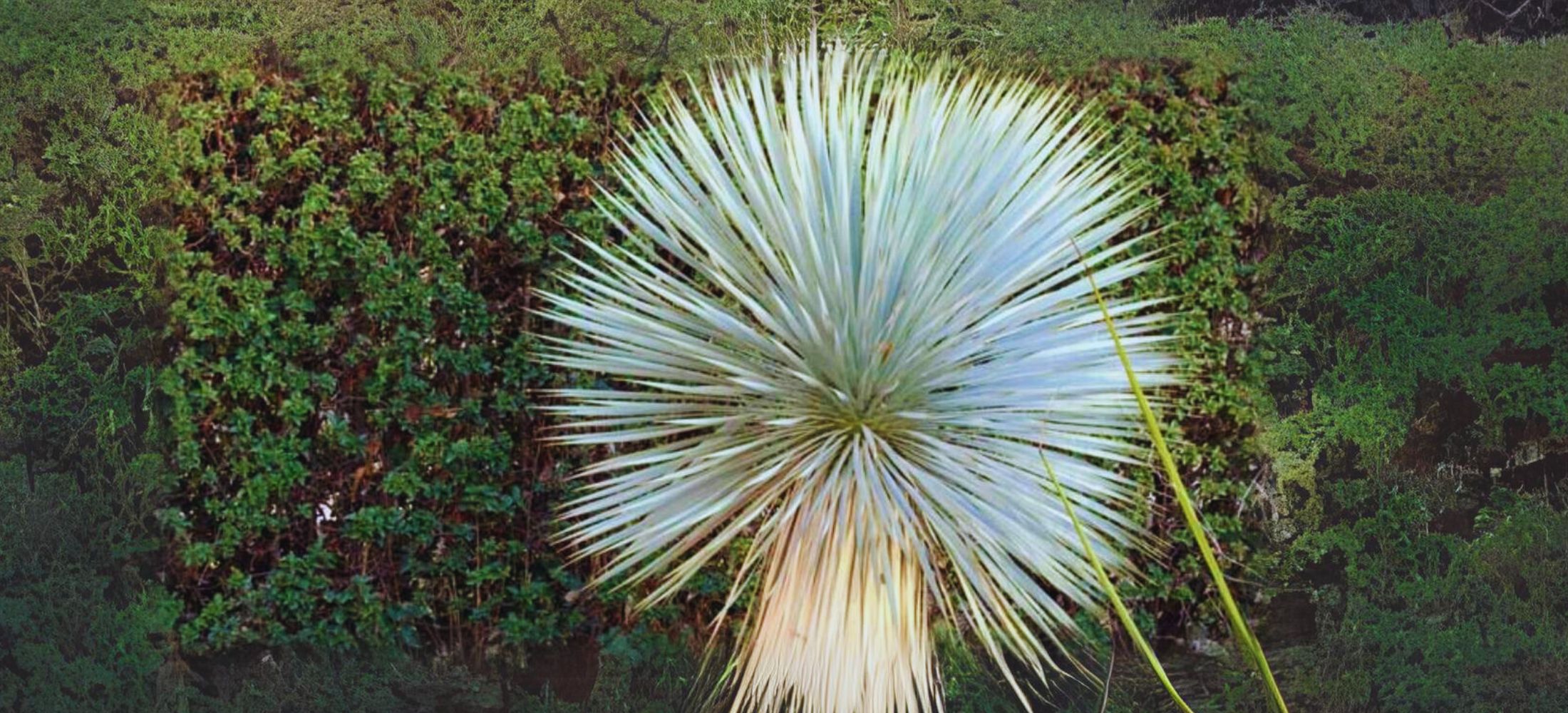
The Blue Yucca, or Rigida, is a robust species known for its stiff, blue-gray leaves and tall, dramatic flower spikes. This yucca plant can grow up to ten toes tall and is normally located inside the arid regions of northern Mexico.
- Flower Color: Creamy White
- Plant Size: 6-10 ft tall
- Blooming Period: Spring
- Best Growing Regions: Northern Mexico, Dry climates
The Blue Yucca is an extraordinarily decorative species, prized for its stiff, upright leaves that provide it a sculptural look in the garden. Its blue-gray foliage gives a setting assessment to special plant life, making it a focal point in xeriscapes and wilderness gardens.
In the spring, it produces tall flower spikes blanketed in clusters of creamy white vegetation. Rigida is exceptionally drought-tolerant and flourishes in well-worn-out soils, making it a superb preference for low-water landscapes. Its sturdy, fibrous leaves had been historically used within the production of textiles and cordage.
14. Yucca Queretaroensis
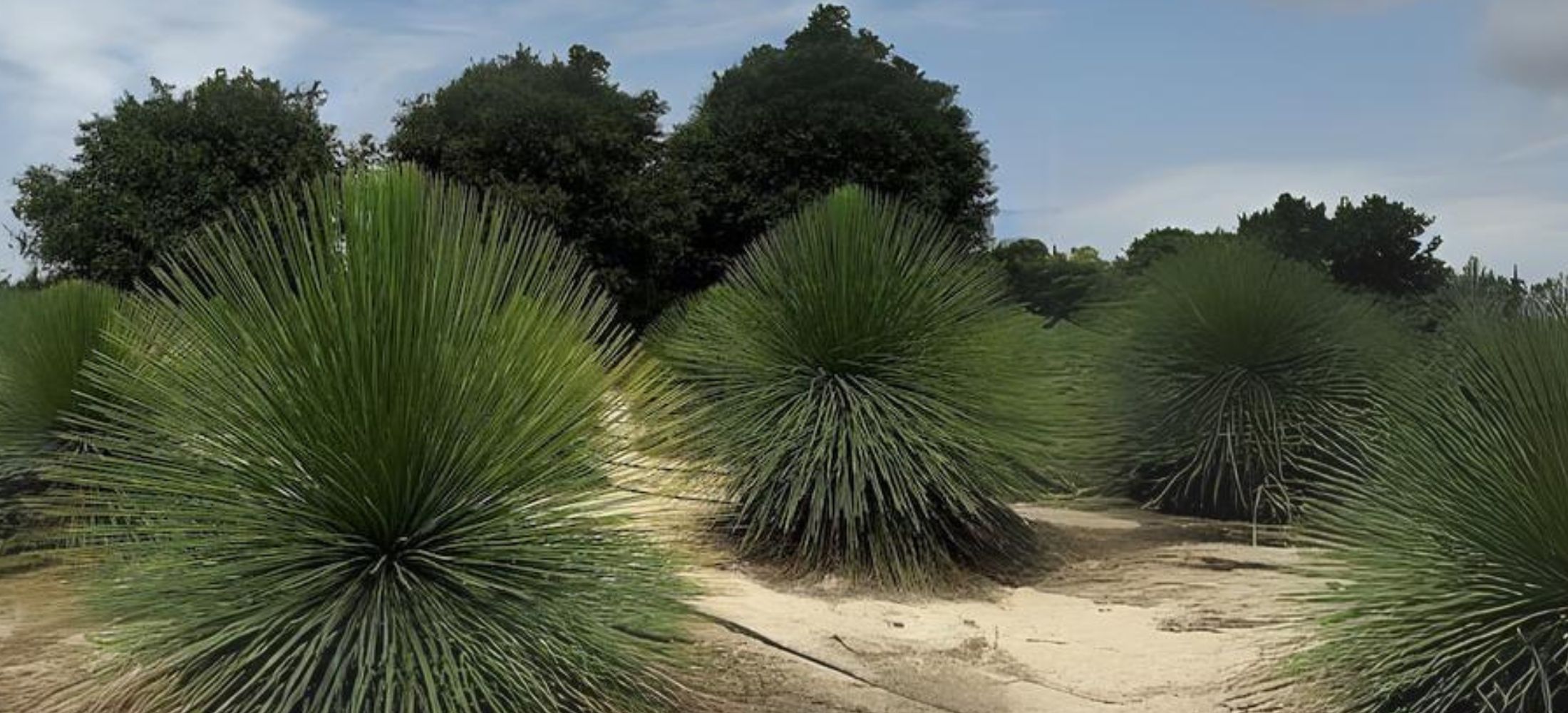
The Yucca Queretaroensis is a top notch species native to the Querétaro area of Mexico. It is a slow-growing, tree-like yucca plant that may acquire heights of 10-15 toes. Its narrow, blue-green leaves shape a dense rosette, and it produces tall flower spikes adorned with creamy white flora.
- Flower Color: Creamy White
- Plant Size: 10-15 ft tall
- Blooming Period: Summer
- Best Growing Regions: Querétaro, Mexico, Dry regions
The Yucca Queretaroensis plant is a quite sought-after species because of its rarity and precise look. Its prolonged, narrow leaves create a placing silhouette, and its slow increase makes it a protracted-lasting addition to any panorama.
The plant thrives in dry, rocky soils and is noticeably drought-tolerant. Its tall flower spikes bloom in the summertime, inclusive of a dramatic contact to the garden. This yucca plant flower is right for xeriscape gardens and may function as a focus in wasteland landscapes. Despite its slow increase,Queretaroensis is valued for its ornamental appeal and resilience in harsh conditions.
15. Red Yucca Plant
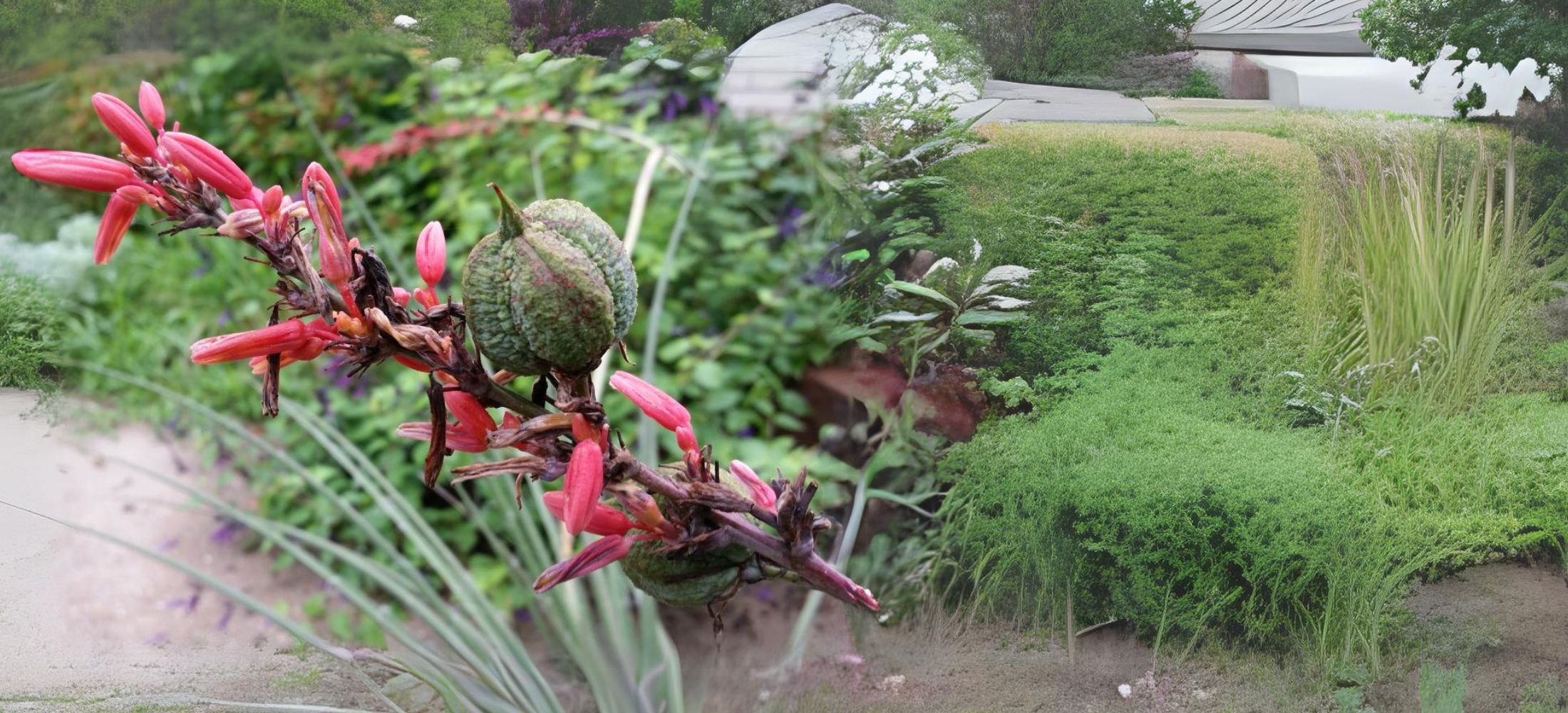
Though frequently wrong for a true yucca, the Red Yucca is sincerely a member of the Agave family. It is a clump-forming perennial with extended, slender leaves and tall spikes of tubular red or coral-colored flora that bloom all through the summer time. The plant is neighboring to Texas and northerly Mexico, in which it prospers in dry, rocky soils.
- Flower Color: Red, Coral
- Plant Size: three-4 toes tall
- Blooming Period: Summer
- Best Growing Regions: Southwestern U.S., Dry climates
The Red Yucca plant is a popular choice for xeriscape gardens because of its colorful blooms and drought tolerance. Its tubular plants are a magnet for hummingbirds, making it an terrific preference for plant life and fauna-tremendous landscapes.
Despite its name, this plant isn’t always a real yucca plant but stocks a number of the equal trends, at the side of drought tolerance and low protection. The Red Yucca plant prospers in properly-tired soils and may tolerate heat and drought, making it super for hot, arid regions.
Its lengthy, arching leaves offer 12 months-round interest, even if not in bloom, and its colorful plant life adds a touch of coloration to any lawn.
Conclusion
The several varieties of yucca plant flora demonstrates their excellent adaptability to harsh environments, making them treasured additions to barren region landscapes and coffee-protection gardens. From the enduring Joshua Tree towering over the Mojave Desert to the ornamental Spineless Yucca Tree usually observed in houses and places of work, each species serves a totally unique purpose.
These vegetation are not only beautiful but moreover ecologically massive, frequently gambling essential roles of their nearby habitats, which incorporates supplying secure haven and food for flora and fauna or helping in soil stabilization.
Many yucca plants, like Yucca Elata (Soaptree), were traditionally utilized by Indigenous peoples for some sensible packages, from making cleaning soap to growing textiles. The versatility of the yucca plant is going beyond its decorative rate, showcasing its historical significance to human societies in arid areas.
Even nowadays, the vegetation stays beneficial for sustainable gardening and landscaping, requiring minimal water and care, which makes them best for xeriscaping.Additionally, the type of flower shades and blooming intervals in the course of the specific types of yuccas presents an appeal to arid landscapes.
Whether it’s the tall flower spikes of the Chaparral, the colorful crimson blooms of the Red Yucca Plant, or the fashionable white plant life of the Spanish Dagger, yuccas provide three hundred and sixty five days-spherical interest. Their capability to thrive in complete sun and dry, rocky soils ensures that they stay a resilient and visually striking problem of any landscape layout.
Read more: How to Grow and Care for Lavender Plants: Detailed Guide

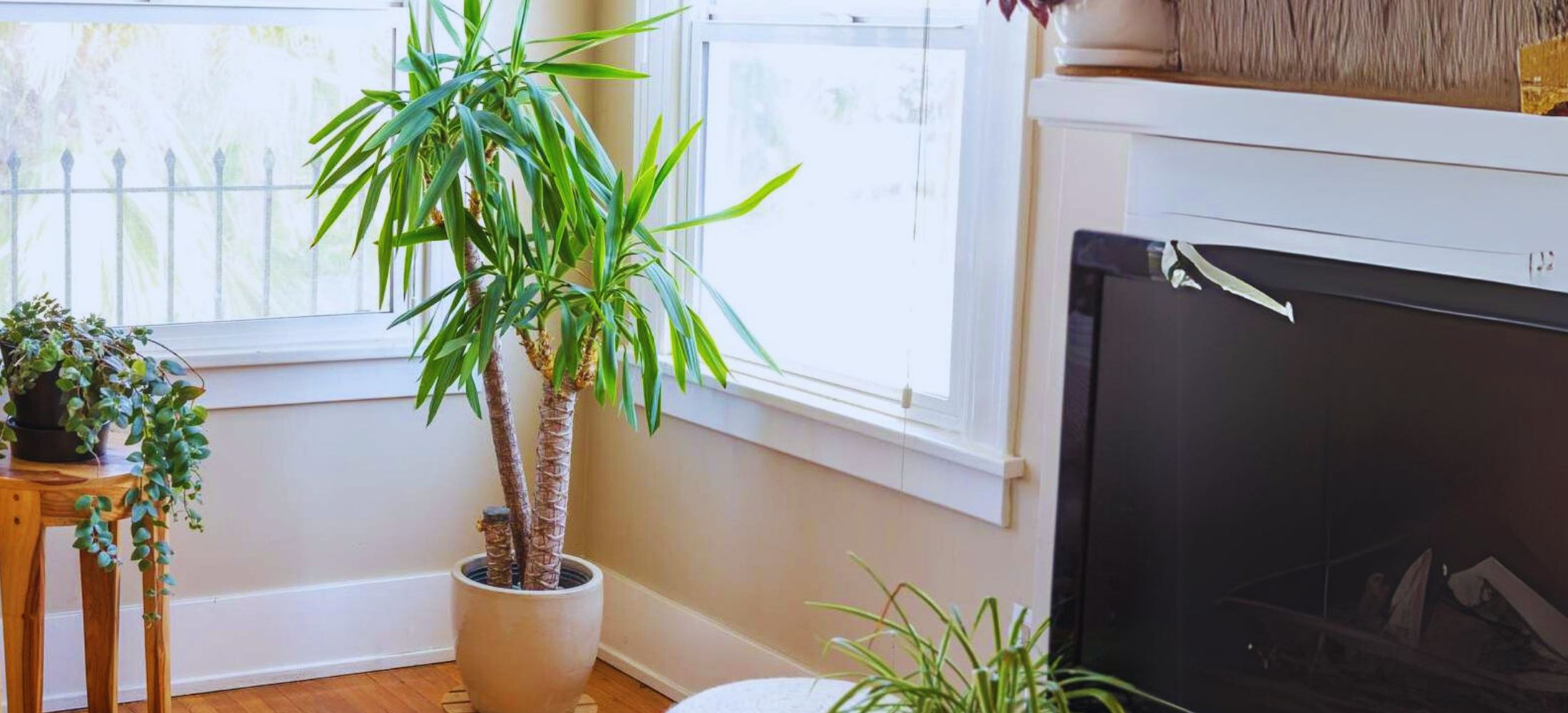








1 thought on “Comprehensive Guide on 15 Types of Yucca Plant”